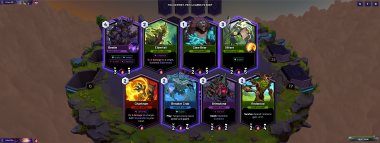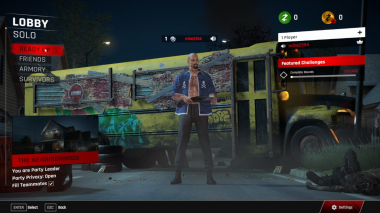With all of the amazing, ten-out-of-ten video games that have filled this year so far, it’s crazy to think that a free Steam game would have any business occupying your time. However, that’s the exact experience I’ve had so far with Muck.
Muck is marketed as a “survival-roguelite” on its Steam page, but I’ll call it what it really is: a Minecraft clone. And that’s not a knock on Muck, there are tons of much bigger games created by much bigger studios that have tried to ride the coattails of Mojang’s magnum opus. The difference is, I never had much fun with any of those other games. As for Muck…
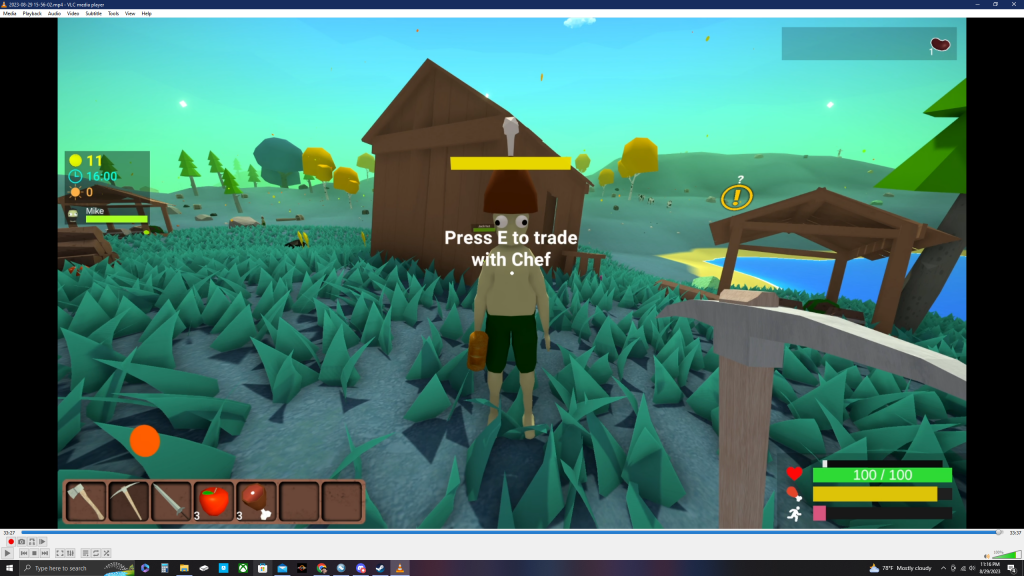
It’s SO much fun.
Muck was developed and published by a single person, the Norwegian comedy YouTuber and indie dev Daniel William Sooman, who you might know as Dani. He has a pretty strong presence on the internet, with three and a half million subscribers and videos that regularly get 10+ million views, but I wasn’t really aware of him before this review. However, he is the mind behind a game I am familiar with, the Squid Game-aping indie game, Crab Game. I played an awful lot of that game when it came out in 2021 (like most people), and I can definitely say that Dani’s sense of humor and distinctive visual style carries over to Muck.
That is to say, everything in this game looks so dumb. And bad.
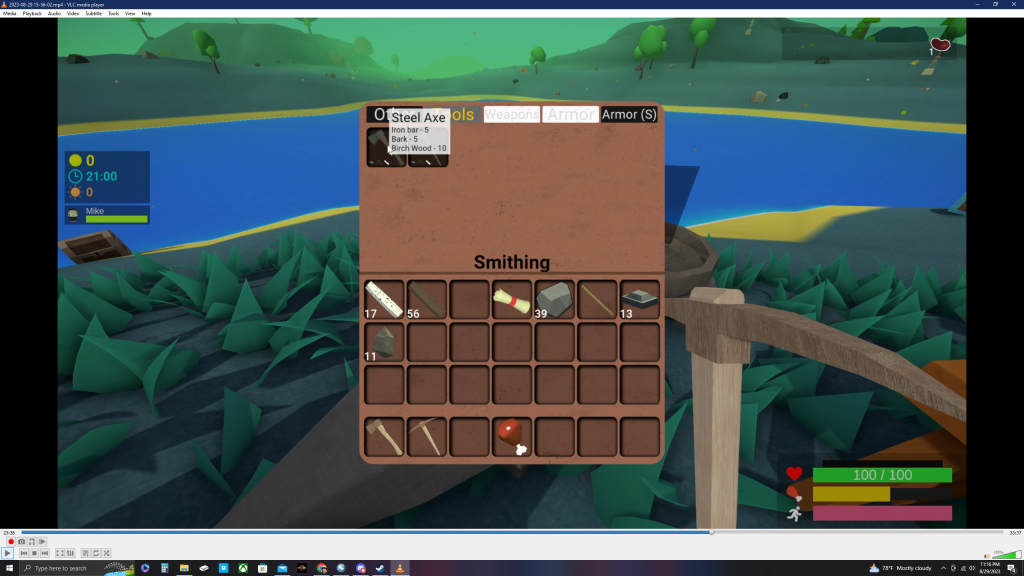
It’s fun and it’s silly, and it comes across as the intention of the developer, so I won’t judge it too harshly on its visual presentation. But for those who are partial to games that look and perform well, you might be better served elsewhere.
The humanoid characters of Much are only human in their silhouettes. Once you get close, you’ll see that their faces consist of a massive pair of lidless eyeballs, which I thought was hilarious until I looked at it for too long. It got a little unsettling after a certain point, but just… try not to pay too much attention to that.
The much bigger issue is the texture pop-in. I played the game on the maximum graphical settings (it’s not particularly intensive), and even with those it seems that the game only loads in detail in a radius of maybe 50 feet. I seemed to always spawn in an area that was safely nestled in between some mountains, but cresting those to see the valley beyond them usually resulted in very flat plains with no detail, until I started walking in that direction. Then grass, trees, and resources would pop abruptly, taking me out of the experience. I even had an entire lake pop in at one point.

The visual situation is not ideal, but that’s never enough to write a game off completely. And thank goodness I didn’t write Muck off, because boy did it sink its claws in me.
Initially, playing Muck felt like a job. I was playing it for review, but all I really wanted to do was get back to Armored Core 6. Muck looks simple, and its mechanics are all things I’ve seen before elsewhere, so I thought I would be in and out, back to zipping around in my mech in no time.
And then an hour passed. And then several more.
Before I knew it, I was completely enraptured by Muck and its gameplay loop. Yes, my first run of the game ended when I summoned a champion monster maybe 5 minutes into starting, but I comfortably fell into the game’s mechanics by my third screw-up.
So here’s the deal you can expect when you play Muck. You’ll either host a lobby or join one that has been started by your friends (you’ll need a room code to join), and you pop into a procedurally generated map. Prior to starting your instance, you’ll also be able to select the overall difficulty of your lobby as well as the gameplay mode (survival, creative, or versus mode). I only played the game solo as I didn’t have anyone available to test co-op, but this is definitely the kind of game that’s more fun with the more people you have playing with you.
Then, you have a mild tutorial to get you started. It just consists of telling you to pick up a rock, how to equip it, wack a tree with it, and use the wood to make a worktable. After that, you’re on your own, but it’s all pretty straightforward from there anyways. Especially if you’ve played Minecraft, Terraria, Rust, or basically any other survival game. There are resources like wood, stone, and metal ore that you collect using specific tools, and you use those resources to craft better and better tools as you explore the vast open world. There is also a surprisingly competent and simple base-building feature, though I didn’t get into that too much.
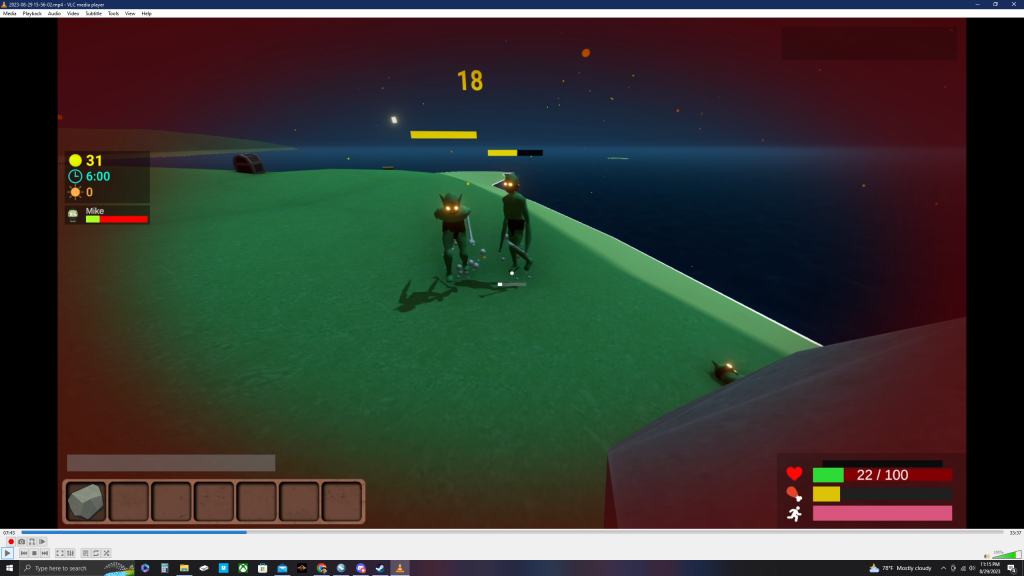
When I set out for adventure, I actually found some pretty surprising things in the randomly generated maps I was given. In one of them, I found a map that led me to a boat containing rare materials. In another, my initial spawn point was on one side of a tall hill, and the other side had a village full of NPCs. There was a chef, a chief, and others with the same unsettling, bulging eyeballs to interact with. I was even able to trade goods with them, which I thought was pretty cool.
With all of that said, there’s clearly quite a lot to like about Muck. The gameplay loop is addicting, the worlds it creates are interesting, and best of all, it’s free! I’m going to be going back to Armored Core 6 because I paid for it, but I would be lying if I said I’m not still thinking about Muck several days later. I intend to install Muck on my Steam Deck to see how it runs there.
Then you’ll REALLY never be able to get me to stop playing it.
8/10





